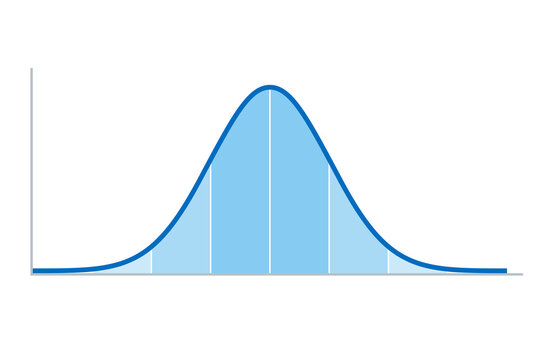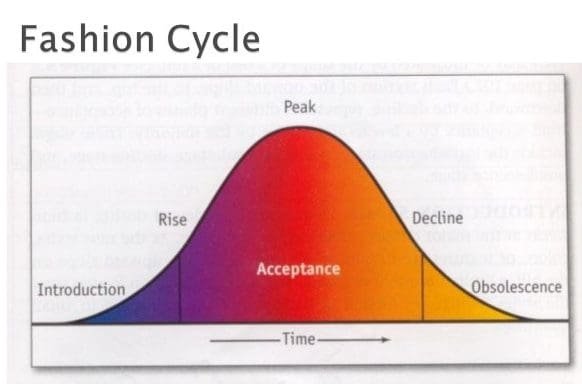Define Croquis in fashion.
Croquis in fashion refers to a quick, sketchy drawing of a figure used as a base in fashion illustration.
Define the term "Home Economics."
Home Economics is a field that focuses on improving the well-being of individuals and families through areas like food and nutrition, clothing and textiles, and home and family management.
What is the importance of fashion sketching in the fashion industry?
Fashion sketching is important in the industry as it visually communicates design ideas and allows designers to explore and refine their concepts.
Define the term "fashion pose" as it relates to fashion.
Fashion pose refers to a specific posture or stance adopted by models to showcase garments effectively.
List 3 ingredients used in cake making.
Flour, fat, sugar, eggs, liquid, flavouring
List the five stages of the fashion cycle
Introduction, Rise, Peak, Decline, and Obsolescence.
Identify the three areas in the department of Human Ecology.
Food and Nutrition, Clothing and Textiles, Family and Resource management.
Explain how sketches are used in the fashion industry.
Sketches are used in the industry for design development, communication with manufacturers, and creating a visual representation of the final garment.
List 3 factors that influence one's personal style.
Budget, body type, climate, environment lifestyle, occasion, style preference, trend
List TWO characteristics of a 'good cake'.
Good volume (well risen), even texture and appearance, a soft moist, tender crumb, a smooth rounded top with light brown surface, good flavour
How does technology, such as social media influence the fashion cycle and consumer choices?
Social media platforms serve as rapid channels for trend dissemination, allowing fashion trends to reach global audiences in real-time. Influencers and brands utilize these platforms to showcase and promote new styles, accelerating the pace of trend adoption and shortening fashion cycles.
Outline TWO reasons for studying Home Economics.
Students learn skills that allow them to cook and handle food safely, reconcile their finances, mend clothing, and learn how to foster child development.
List TWO reasons why people wear clothes
Adornment, Protection, Identification, Modesty, Status
Explain the 'dramatic' fashion personality and give an example of an item of clothing this person will buy.
This personality loves a design that makes a loud statement. They wear bright, bold colors, and graphic prints that are on trend.
Explain the process of "preparing tins" for baking a cake
1.Grease tins with a pure fat 2. Dredge the greased tins with flour and shake out any surplus flour. 3. Line the tin completely with greaseproof paper
Explain the Obsolescence stage in the fashion design cycle
The final stage of a trend's life cycle is called the obsolescence stage, during which a style becomes widely labeled as “out of fashion”. Consumers who shortly before enjoyed the trend move on to new peak trends and leave the obsolete trends behind.
List THREE (3) careers that would fall under each respective subject area in Human Ecology.
Food and Nutrition: Chef, Restaurant manager
Clothing and Textiles: Fashion designer, dressmaker
Family and Resource management: Interior decorator, Teacher
Discuss the significance of incorporating figure types in fashion sketching.
Understanding figure types in fashion sketching ensures that designs flatter different body shapes, enhancing the overall aesthetic.
Identify the fashion pose below:

Sitting with legs wide
Discuss TWO functions of sugar and eggs used in cake making.
Sugar: Flavour, increases tenderness, colour and browning, preservation
Eggs: Trap air, adds fat and protein, gives a rich yellow colour and binding, provides structure, emulsifies fat and liquid, moisture, flavour
Label the image below:

Identify 2 key responsibilities and qualifications of a fashion designer.
A fashion designer is responsible for: conceptualizing, sketching, selecting materials to create unique and appealing garments, collaborate with design teams, oversee production, and stay updated on industry trends.
Key qualifications: a relevant degree, creativity, effective communication, knowledge of fabrics, attention to detail, industry awareness, collaboration abilities, and time management
Explain the 'feminine' fashion personality.
This fashion personality is more modest shows some skin but only minimally. A feminine fashion personality is characterized by a style that embraces and accentuates traditionally feminine qualities.
Demonstrate any 4 types of fashion poses.
Standing with hand on jacket, Standing with arms up, Pushing shoulders forwards, Sitting with one leg bent, Leg up on a wall, Dramatic lean on wall, Walking with hands in pockets, With hands on hips, Standing with arms crossed, Standing back to the camera, Sitting with legs wide, One hand on hip, one hand holding hair.
Explain THREE methods of cake making.
Creaming: The fat and sugar are beaten together until creamy and pale.
Sponging/whisking: Whisk the eggs and the sugar together over a pan of boiling water.
Rubbing-in: A cake made by this method starts off with the fat being rubbed into the flour.
All-in-one method: All the ingredients go into the bowl together and the mixing is done in seconds.